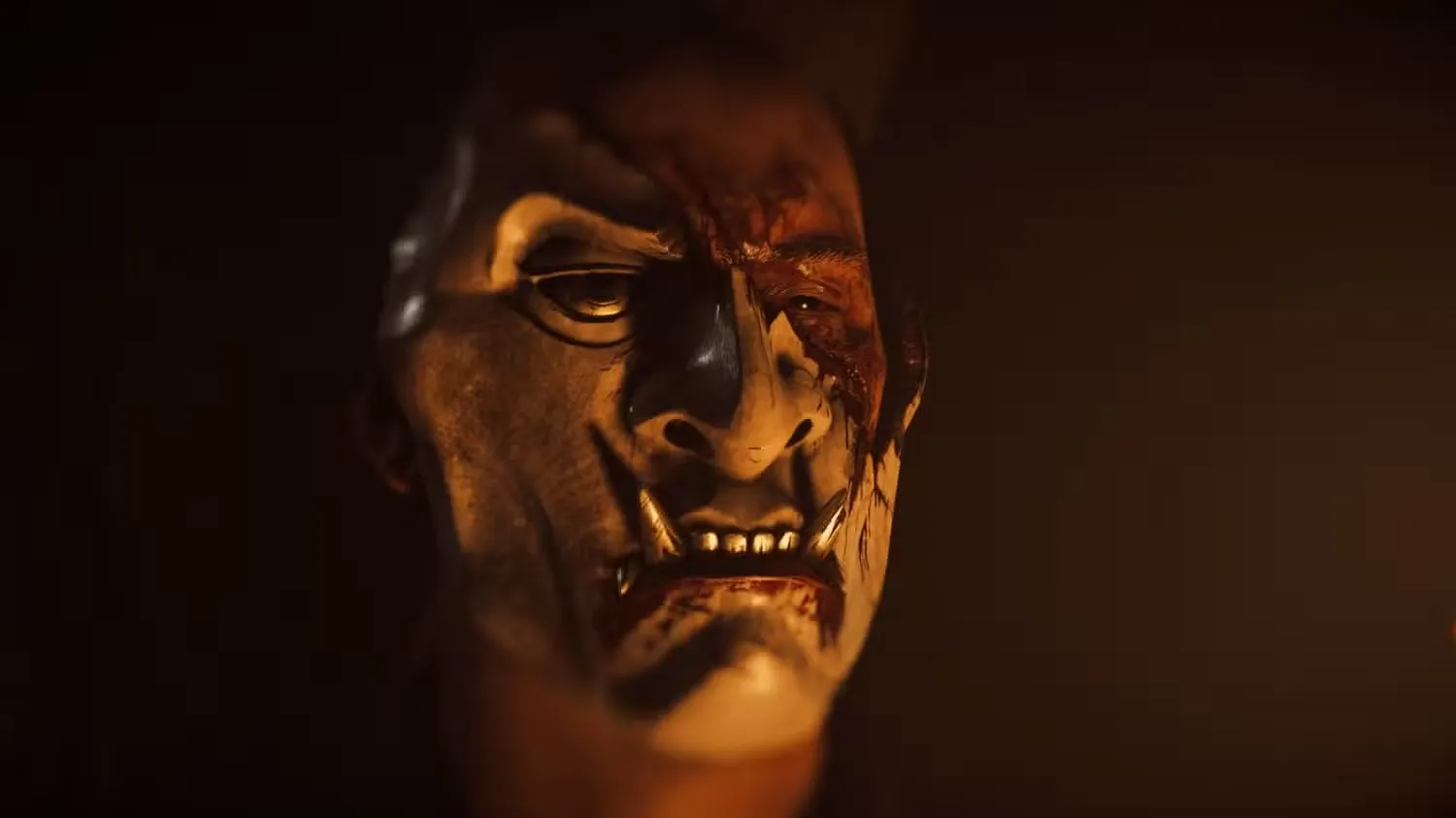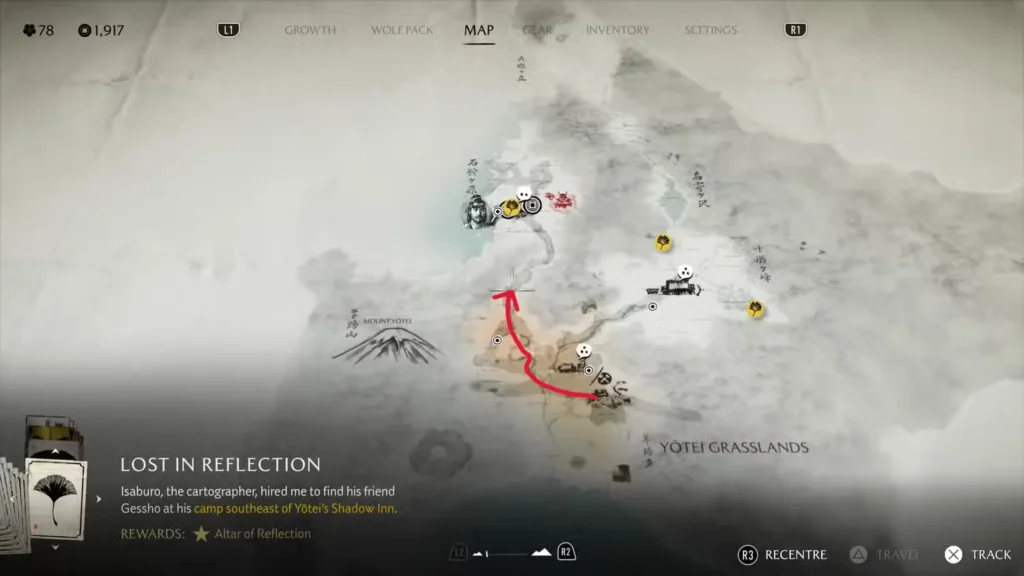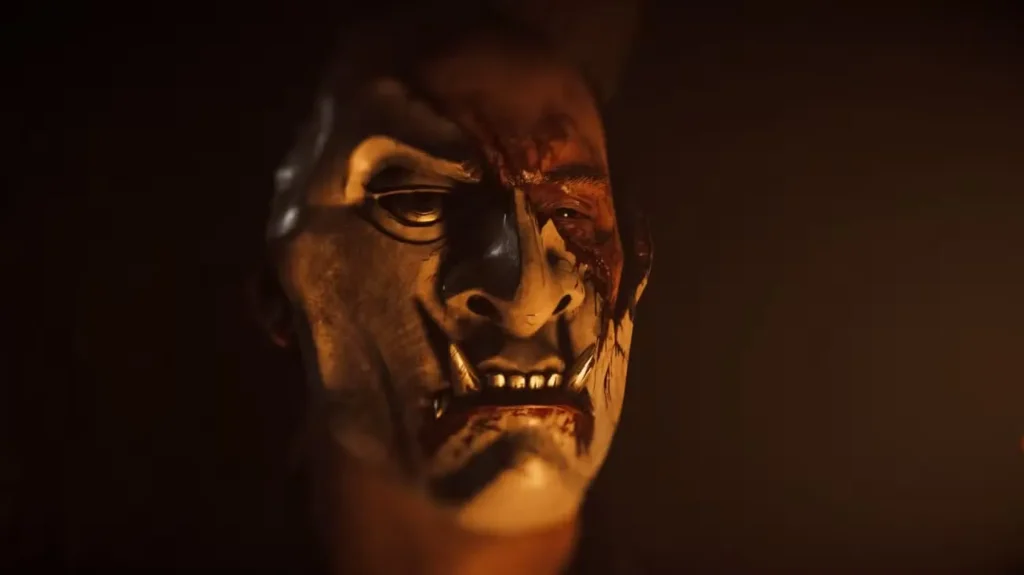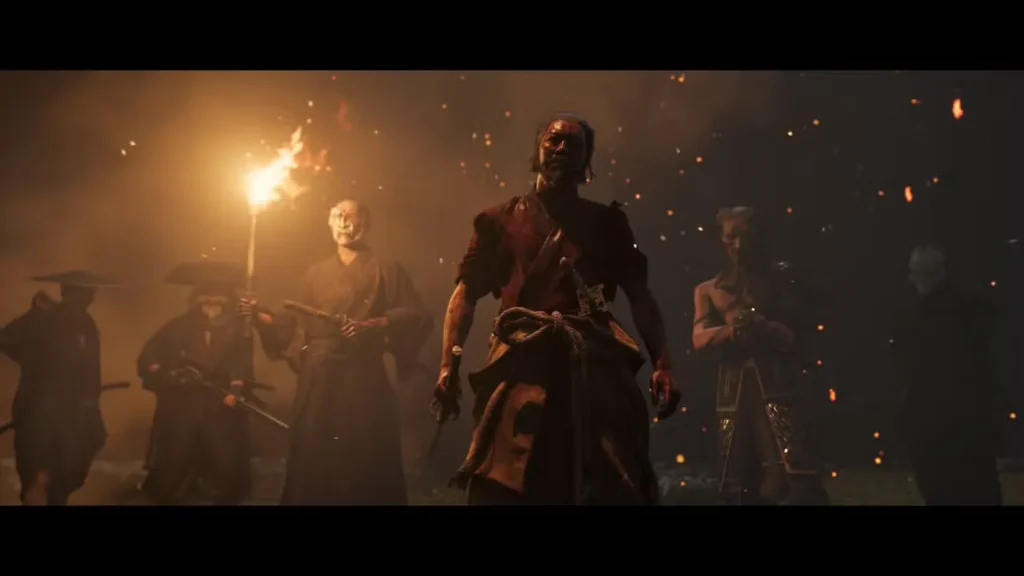
Newsletter Subscribe
Enter your email address below and subscribe to our newsletter

Enter your email address below and subscribe to our newsletter
Your Source for Game News and Guides

From the moment Ghost of Yotei begins, your mission is crystal clear: hunt down the Yotei Six, the warlords who murdered Atsu’s family and left her for dead in the snow. It’s a straightforward goal with a deeply personal motivation—classic revenge tale material.
But here’s where things get interesting: Ghost of Yotei drops you into a massive open world and essentially says “go get ’em” without pointing you in any specific direction. Six targets, multiple regions, and complete freedom to choose your path. For some players, that freedom is exhilarating. For others, it’s paralyzing.
So where should you actually start? Is there an “optimal” order, or does it truly not matter? And how do you even find these villains in the first place?
Let me break down the strategic approach to your revenge tour across Hokkaido, without spoiling any of the story beats that make these confrontations memorable.

After settling into the basics at Atsu’s home in the Yotei Grasslands, I strongly recommend heading northeast to Ishikari Plain to track down the Oni—the bastard who tried to burn Atsu alive.
Here’s why this path makes the most sense:
Geographic Convenience
Narrative Flow
Practical Benefits
Think of Ishikari Plain as Ghost of Yotei’s way of easing you into the revenge campaign without holding your hand. You’ll spend significant time here tracking the Oni, which means you’ll naturally:
Personal take: I tried starting with a different member of the Yotei Six on my second playthrough, and honestly? It felt off. The Oni connection is so personal, and the Ishikari Plain sets such a strong foundation, that bypassing it first feels like skipping the prologue of a book.
Once you’ve dealt with the Oni (and trust me, it’s satisfying), your next logical destination is north to Teshio Ridge to hunt the Kitsune.
Why this progression works:
What to expect: Teshio Ridge introduces new enemy types and tactical challenges. The Kitsune’s operations differ from the Oni’s, which keeps the revenge campaign feeling fresh rather than repetitive.
After completing the Kitsune’s storyline, the path forward becomes clearer. The game does a good job of organically pointing you toward remaining targets without forcing your hand.

Here’s something the game doesn’t explicitly tutorial: you find the Yotei Six by interrogating enemies.
How interrogation works:
This is crucial: You can’t just ride to a region and expect to stumble upon a Yotei Six member. You need to systematically dismantle their operations, interrogate their soldiers, and follow the intelligence trail.
Pro tip: Not every enemy can be interrogated. Look for officers, lieutenants, or enemies in distinctive armor. Regular foot soldiers usually don’t have valuable intel.
The beauty of this system is that it makes you feel like you’re actually hunting these targets. You’re not following quest markers arbitrarily placed by developers—you’re gathering intelligence, tracking leads, and closing in on your prey. It’s immersive as hell.
As you interrogate more enemies, you’ll build a clearer picture of:
Don’t rush through enemy camps just slaughtering everyone. Take time to interrogate survivors. The information they provide often leads to side activities, hidden camps, or shortcuts that make your revenge campaign more efficient.
Here’s the truth: No, the order technically doesn’t matter at all.
Ghost of Yotei is designed with non-linear progression in mind. You can tackle the Yotei Six in virtually any order, and the game accommodates your choices. Each revenge storyline is relatively self-contained, with satisfying conclusions regardless of when you experience them.
But (and it’s a big but): Just because you can do something doesn’t mean you should.
The game guides you subtly:
The design philosophy: Sucker Punch wants you to feel like you have total freedom while subtly encouraging a progression that makes narrative and mechanical sense.
It’s like those open-world games that technically let you go anywhere, but the level 50 enemies in the “beginner” zone are the developers’ way of saying “maybe come back later.”

Follow this approach for the best experience:
The beauty of Ghost of Yotei is that even if you “do it wrong,” you’re still experiencing an incredible game. There’s no fail state for choosing the “wrong” target first (except maybe frustration if you wander into a high-level zone unprepared).
Here’s advice that might seem counterintuitive: Don’t sprint through the Yotei Six storylines back-to-back.
Why pacing matters:
The revenge plot is Ghost of Yotei’s narrative spine, but the real magic happens in the spaces between confrontations. This is where you:
If you beeline from one Yotei Six member to the next, you’ll finish the main story in 15-20 hours and miss 70% of what makes the game special.
My playthrough approach: Hunt one member of the Yotei Six, then spend several hours exploring that region fully before moving to the next target. Clear bandit camps, complete side quests, find all the Shrines, talk to NPCs. Then move on.
This pacing makes each confrontation feel earned. You’re not just checking boxes—you’re systematically dismantling their operations and understanding the impact they’ve had on the people of Ezo.
On your map, Gold icons and cards represent Revenge missions—the main story quests tracking the Yotei Six.
How to use them effectively:
Strategic tip: Open your map regularly and look at available Gold markers across different regions. This gives you a sense of where active storylines are and helps you plan efficient routes.
If you see Gold markers clustered in one region, that’s usually a hint that there’s significant main story content there worth pursuing.
Don’t treat Gold markers as the only content worth pursuing. Remember the quest color system:
Healthy progression: For every Gold quest you complete, do 2-3 activities in other colors. This keeps your gear upgraded, skills unlocked, and the experience feeling varied.
Ghost of Yotei includes a “follow the wind” mechanic that literally uses environmental wind direction to guide you toward objectives. It’s more than a navigation tool—it’s a philosophical statement about the game’s design.
The message: Let your journey unfold organically rather than obsessing over optimal paths.
What this means in practice:
The revenge against the Yotei Six will happen. They’re not going anywhere. But the journey—the exploration, the discovery, the moments of beauty and violence across Hokkaido—that’s where Ghost of Yotei lives.
Personal philosophy: I stopped asking “Am I doing this efficiently?” and started asking “Am I enjoying this?” The second question led to a much better experience.
For more about Ghost of Yotei’s world and design, visit the official PlayStation page or learn about the historical and geographical setting.
Here’s my final advice on tackling the Yotei Six:
Start with the Oni in Ishikari Plain for optimal narrative flow and practical benefits. Move to the Kitsune in Teshio Ridge as your second target. After that, let the story, your curiosity, and the wind guide you to the remaining four.
Don’t stress about doing it “right.” The game is designed to accommodate your choices while gently nudging you toward satisfying progression. Trust the process, explore thoroughly, and savor the revenge rather than rushing through it.
The Yotei Six waited years for Atsu to come for them. They can wait a few more hours while you explore, upgrade, and prepare to deliver justice properly.
Now go forth, follow the wind, and make them answer for what they did.
Nothing negative happens—there is no “wrong” order. Ghost of Yotei is designed with non-linear progression in mind, so you can tackle the six main targets in virtually any sequence you choose. Each revenge storyline is self-contained with its own satisfying conclusion regardless of when you experience it. However, some regions have higher difficulty levels and certain story revelations make more sense when experienced in a particular order. The game uses subtle design elements like regional difficulty scaling and natural terrain barriers to guide you toward an intended progression without forcing it. You won’t lock yourself out of content or miss crucial story beats by choosing your own path.
The Oni in Ishikari Plain is strongly recommended as your first target for several compelling reasons. Geographically, Ishikari Plain is the closest region to your starting area in Yotei Grasslands, making it the natural first destination. Narratively, the Oni has the most direct personal connection to Atsu’s trauma since he tried to burn her alive, which makes hunting him first feel emotionally appropriate and satisfying. Practically, the region contains the Yari Master (who unlocks a great early weapon) and a Storyteller offering excellent early-game armor through the “Tale of the Undying Samurai” quest. The region also serves as an extended tutorial where you’ll master interrogation, combat systems, and exploration mechanics. That said, you can start elsewhere if you prefer—the game won’t stop you.
You find them by interrogating enemies during combat encounters. After defeating soldiers affiliated with the Yotei Six, look for the interrogation prompt on downed enemies—usually officers, lieutenants, or enemies in distinctive armor rather than regular foot soldiers. When you interrogate them, they reveal information about their leader’s whereabouts, and new markers appear on your map showing where to continue your investigation. This creates an intelligence-gathering system where you systematically dismantle each target’s operations while following a trail of clues. You can’t just ride to a region and expect to stumble upon a Yotei Six member randomly; you need to fight their forces and extract information to progress their storylines. Regular enemies typically don’t have valuable intel, so focus on interrogating higher-ranking opponents.
Mix them together for the best experience—don’t rush through the revenge storylines back-to-back. While the Yotei Six represent the main narrative spine, the real magic of Ghost of Yotei happens in the spaces between these confrontations. After hunting one member, spend several hours exploring that region fully: complete Tales (gray markers), hunt bounties, find Shrines for skill upgrades, tackle Sensei quests (blue markers) for weapon unlocks, and discover Myths from Storytellers. This pacing makes each confrontation feel earned rather than like checking boxes on a list. If you beeline from one target to the next, you’ll finish the main story in 15-20 hours and miss 70% of what makes the game special. A healthy progression is completing 2-3 non-revenge activities for every Gold-marked Revenge mission you tackle.
Head north to Teshio Ridge to hunt the Kitsune as your second target. This progression offers appropriate difficulty scaling—by the time you finish Ishikari Plain, you’ll have better gear, more skills, and combat mastery that prepares you for Teshio Ridge’s challenges. Story threads from the Oni’s storyline connect naturally to the Kitsune’s operations, creating satisfying narrative continuity. The northern regions also introduce different environmental challenges like harsher snow and terrain that feel like natural progression from the starting areas. After completing the Kitsune’s storyline, the game does an excellent job of organically pointing you toward the remaining four targets through interrogations, NPC dialogue, and emerging story threads. You’ll have a clearer sense of where to go next based on the intelligence you’ve gathered.
No, Gold markers appear progressively as you gather intelligence through interrogations and story progression. You won’t see all six revenge storylines marked on your map immediately—they unlock as you dismantle operations, interrogate enemies, and follow leads. Each Yotei Six member has their own chain of Gold-marked missions that appear once you’ve gathered enough information about their whereabouts. You can switch between different active Revenge storylines from your map if you have multiple Gold quest chains available, giving you flexibility in which target to pursue. Open your map regularly to check for new Gold markers appearing in different regions, as this indicates you’ve unlocked new main story content. The system ensures you’re always working with actionable intelligence rather than being overwhelmed with six simultaneous quest lines from the beginning.
Which member of the Yotei Six are you hunting first? Are you following a strategic path or just exploring freely? Share your approach below!
Also Read: Your Guide to Choosing and Naming Your Horse in Ghost of Yotei